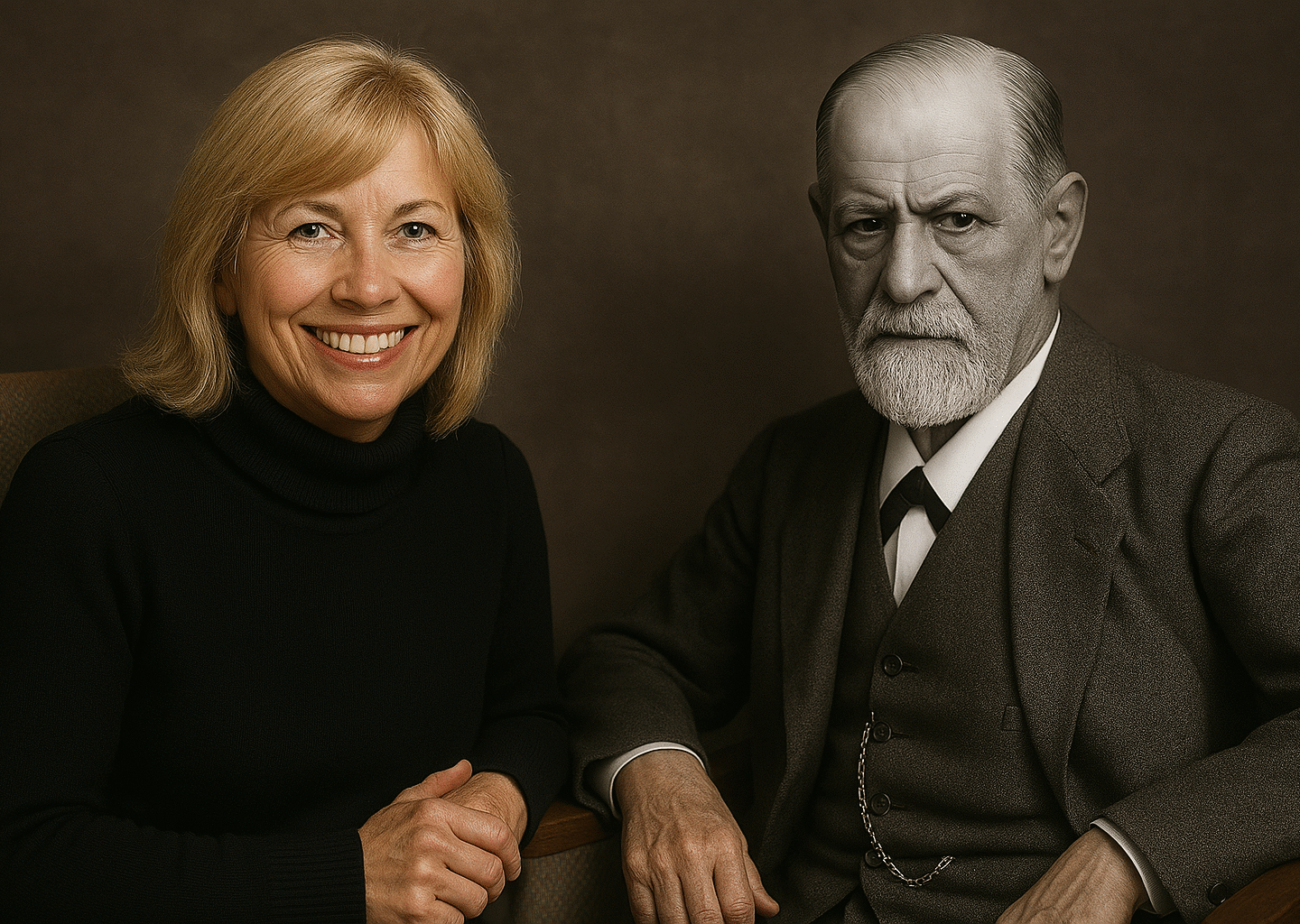The Hidden Autopilot:
A 12-minute “Deep Dive Podcast”:
For over a century, therapy has aimed at one essential goal: helping people make sense of themselves. Freud gave us the unconscious. Jung gave us archetypes. Later innovators brought us cognitive restructuring, trauma healing, and somatic processing. Each development expanded what was possible in therapy—but each also left something untouched.
What if, despite all our insight, clients still carry a hidden emotional autopilot—an internal command structure formed in childhood that continues to steer their lives?
Imperative Self Analysis (ISA) developed by Leslie Cameron in 1987, identifies, and rewires that autopilot. In my four decades as a therapist, nothing has produced the kind of lasting emotional shifts I’ve seen through this method. In many cases, what would normally take months or years of therapy sometimes occurs in a single 2–3 hour session. Not because the client is unusually “ready,” but because ISA finally targets the right structure—the hidden code beneath the surface.
Emotional Patterns Aren’t Random—They’re Programmed
Everyone has a personal “emotional palette”—five to seven dominant states that color their days. For some, it’s anxiety, overwhelm, and guilt. For others, it’s numbness, irritability, and emptiness. These aren’t just moods. They’re habits—emotional positions the nervous system defaults to when nothing unusual is happening.
These patterns aren’t random. They’re the echoes of survival strategies adopted in early emotional injuries—strategies that worked once, and then never turned off.
Clients often say things like:
- “Why do I always feel responsible for everyone else?”
- “Why can’t I stop second-guessing myself?”
- “Why do I feel disconnected, even when things are good?”
They’ve done the talk therapy. They’ve tried affirmations, journaling, even trauma work. But the underlying pattern—the default—remains. That’s because it isn’t just cognitive or historical. It’s imperative.
The Imperative Self: A Hidden Command System
At the heart of ISA is the concept of the Imperative Self—an emotional structure that runs beneath consciousness, silently shaping your reactions, self-image, and choices. It’s built from three key elements:
- The Filter – The lens through which you interpret the world (e.g., “Things I must do to be safe”).
- The Virtual Question – A silent, obsessive loop guiding perception (e.g., “Am I Safe?” “
- The Primary Obsession – A central emotional fear (e.g., Do the right thing,” “Be Accepted”).
Together, these elements form an internal command—a rule that overrides logic and intention. It’s why clients can know they’re safe but still feel anxious. Why they can want connection but reflexively withdraw.
This command isn’t healed by insight alone. It must be made conscious and rewired.
ISA in Practice: Mapping the Inner System
ISA begins by helping clients identify their emotional palette—naming the states they live in most often. From there, we uncover the structure behind the pattern:
- What filter are they using to interpret the world?
- What unspoken question runs beneath their thoughts?
- What emotional theme holds it all together?
Through structured conversation, these pieces begin to emerge with surprising clarity. Clients often describe a sense of relief—as if someone finally named what they’ve been feeling for decades but couldn’t articulate.
Once the structure is revealed, we don’t revisit trauma—we activate a before-the-injury self. Using memory reconnection and emotional alignment, clients reconnect to a version of themselves that predated the autopilot. It’s powerful. It’s fast. And it’s not about reliving pain. It’s about reclaiming authority over the internal command system.
What Makes ISA a Breakthrough?
Other therapies often treat the symptoms: the anxiety, the overthinking, the avoidance. ISA addresses the code underneath.
ISA is not a replacement for other therapy modalities. It’s a next step—especially for those who’ve done work but still feel emotionally stuck.
The Results
Clients consistently report:
- A sense of emotional “quiet” where noise used to be.
- Clearer boundaries and relationships without needing scripts or rehearsals.
- Emotional shifts that hold—not just insights that fade.
Perhaps most astonishing: clients often walk out with a written Map—40 words or fewer—that explains how their system has been running for decades. And for the first time, they can change it.
What Comes Next
Like any major breakthrough, ISA isn’t widely known—yet. Its effectiveness makes it hard to fit inside conventional therapy models. And its speed can challenge traditional timelines. But I believe its time has come.
If Freud introduced the unconscious, then ISA names the commands running it.
And once you name them, you can change everything.
If you are interested in experiencing profound positive change :
https://clintmatheny.com/imperative-self-analysis-1/
Clint77090@Gmail.Com

